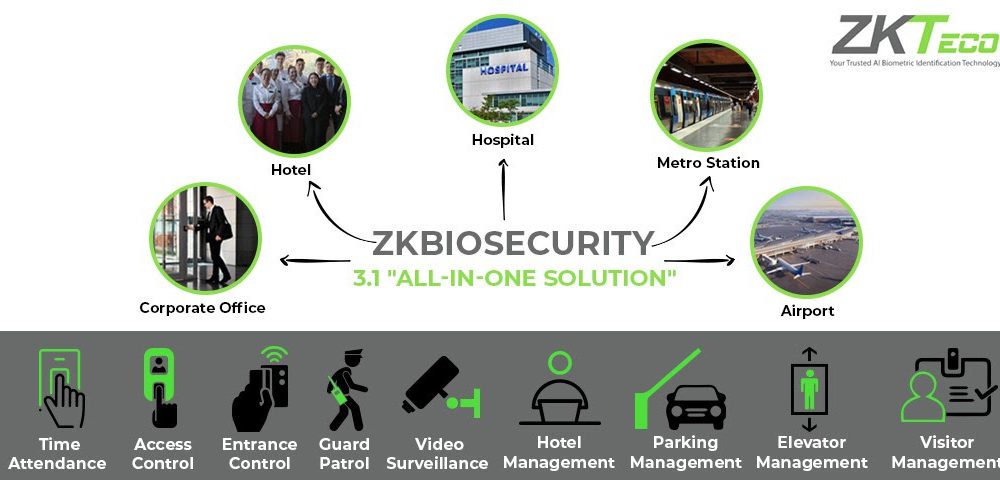Office security is a top priority for businesses of all sizes. One of the most effective methods to enhance office security is by implementing access control systems. These systems enable organizations to regulate entry to their premises, safeguard sensitive areas, and protect valuable assets. In this blog post, we will explore seven practical ways to utilize access control in your office for improved security and efficiency.

- Main Entrance Access Control
Securing the main entrance is the first line of defense for your office. Access control at the main entrance ensures that only authorized personnel and visitors can enter the building. Use card readers, keypads, or biometric scanners to control access and maintain a log of entries and exits. This not only enhances security but also provides an organized and professional welcome for visitors.

- Restricted Areas and Sensitive Information
Every office has areas that require restricted access, such as server rooms, storage areas, or executive suites. Access control allows you to limit entry to these spaces to only those with appropriate clearance. This is particularly critical for safeguarding sensitive information, valuable equipment, and confidential data.

- Employee Access Management
Access control is an effective way to manage employee access levels. Grant access based on job roles, responsibilities, and work schedules. This ensures that employees can only enter areas necessary for their duties, enhancing overall security while preventing unauthorized access to sensitive areas.
- Visitor Management
Managing visitor access is equally important. Access control systems can be integrated with visitor management software to streamline the check-in process. Visitors can be issued temporary access cards or QR codes, granting them access only to approved areas for the duration of their visit.

- Time-Based Access Control
Implement time-based access control to automate the management of access rights during working hours. This feature allows for more flexibility and efficiency in your office’s security management. For example, you can program doors to automatically lock after business hours or grant temporary access for contractors during specific time frames.
- Remote Access Control
In an increasingly remote and mobile world, having the ability to manage access remotely is essential. Access control systems can be integrated with mobile apps or web-based platforms, enabling administrators to grant or deny access from anywhere. This feature is particularly useful for remote employees, off-hour access, or responding to security incidents.
- Integration with Other Security Systems
To create a comprehensive security ecosystem, integrate your access control system with other security measures like surveillance cameras and alarms. When an access control system detects a breach, it can trigger alarms and activate cameras to capture footage, providing a complete picture of the security event.

Conclusion
Implementing access control in your office is a strategic investment in security and efficiency. It safeguards your premises, controls entry to restricted areas, and manages employee and visitor access effectively. By utilizing access control systems, you not only enhance the security of your office but also streamline operations, reduce the risk of security breaches, and ensure that your office remains a safe and productive environment for all.


